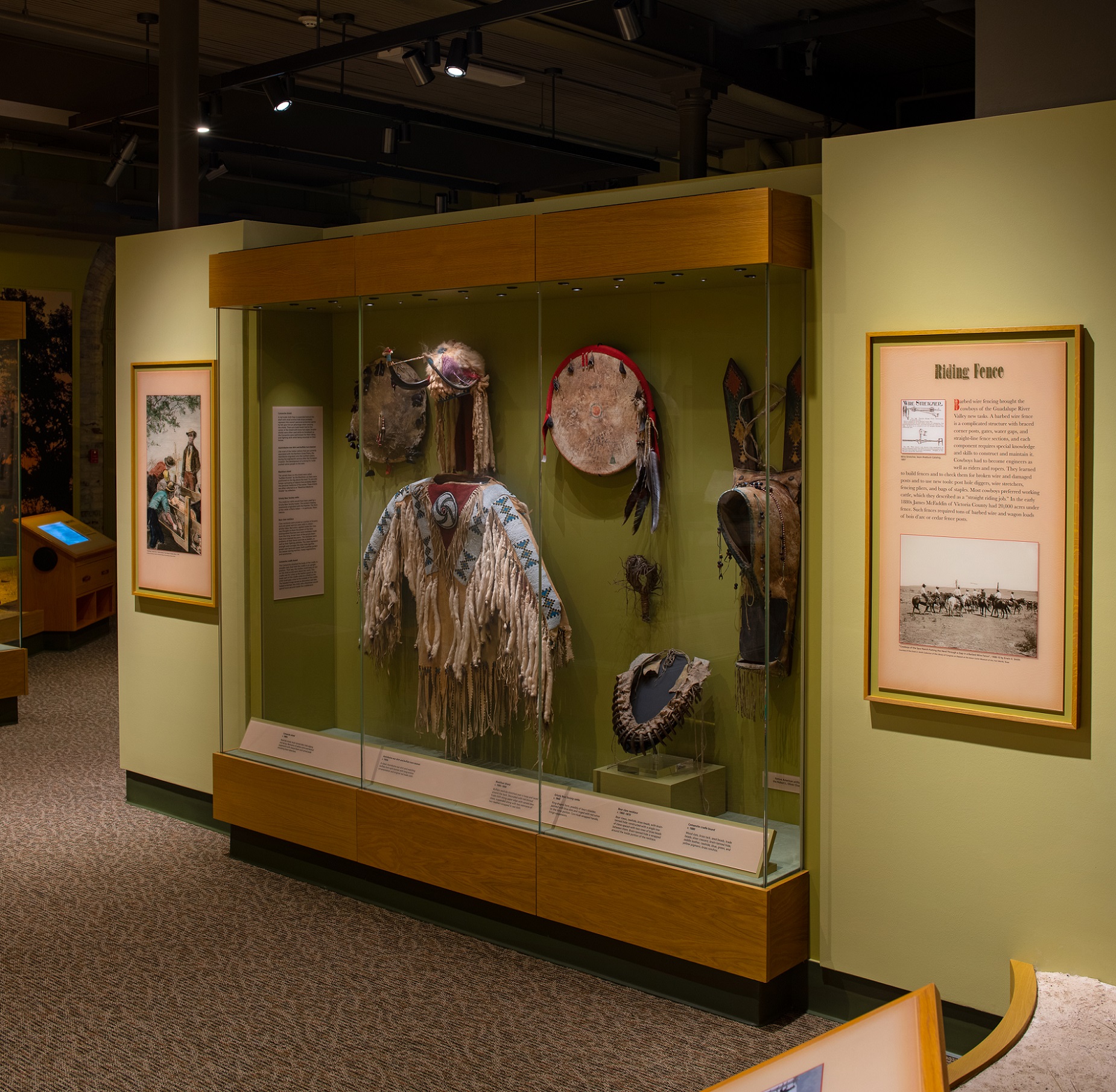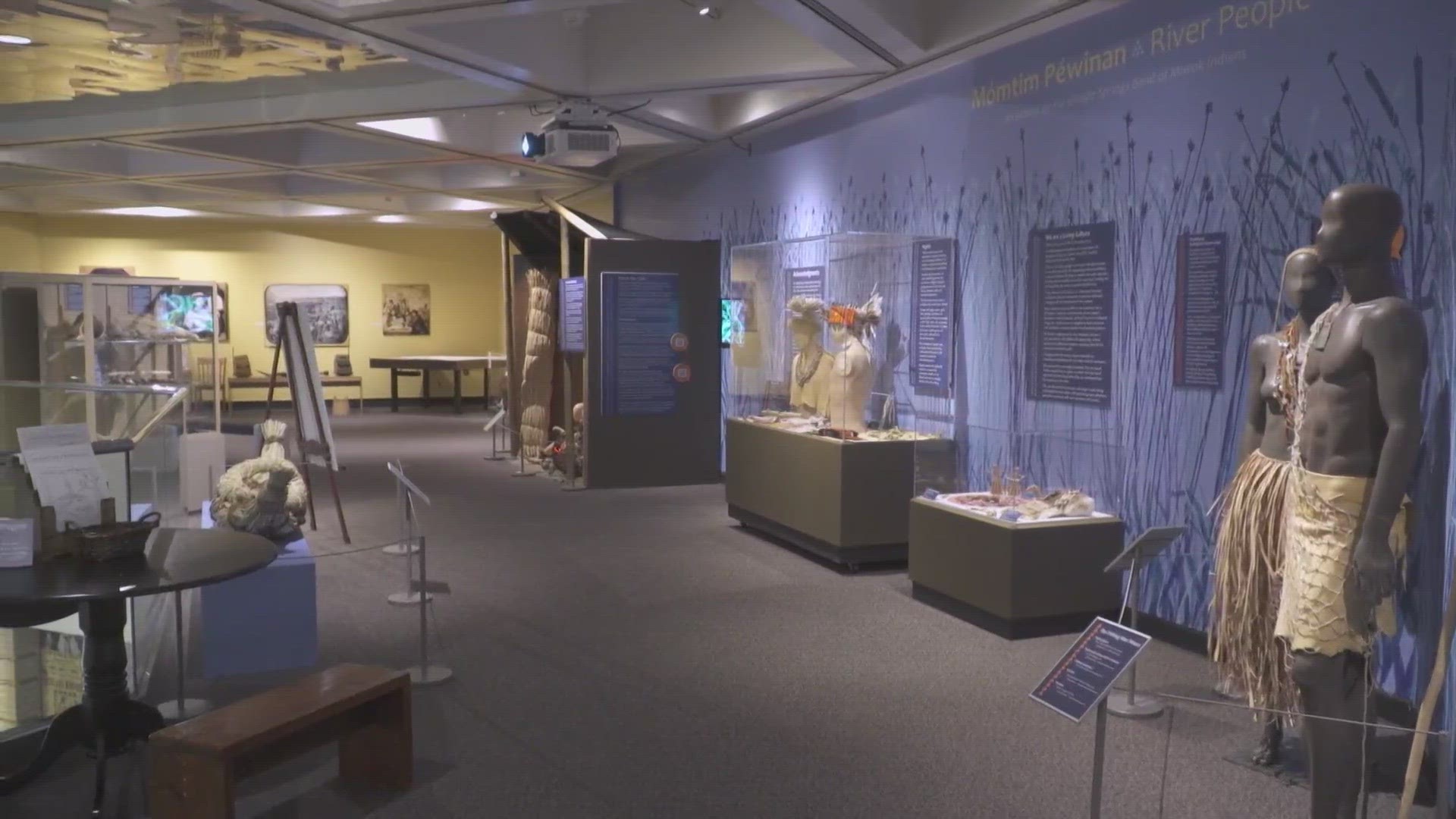
Exploring Native American Heritage: A Guide to Museums with Free Parking
Native American museums serve as vital cultural institutions, acting as custodians of Indigenous history, art, and contemporary life. They offer profound educational experiences, challenging conventional narratives and fostering a deeper understanding of the diverse cultures that have shaped the North American continent for millennia. For many visitors, accessibility and convenience are key factors in choosing a destination, making the availability of free parking a significant advantage. While the specific museum "near you" with this feature will vary by geographic location, this comprehensive guide will elucidate the multifaceted nature of Native American museums, strategies for locating them, and the profound experiences they offer, with particular attention to the practical benefit of complimentary parking.
The Imperative of Native American Museums
These institutions are far more than mere repositories of artifacts; they are dynamic centers of cultural preservation, education, and Indigenous self-representation. They play a critical role in:
- Cultural Preservation: Safeguarding invaluable artifacts, oral histories, languages, and traditional practices that might otherwise be lost.
- Education and Awareness: Dispelling stereotypes, correcting historical inaccuracies, and providing authentic insights into the rich tapestry of Native American cultures, both historical and contemporary.
- Indigenous Empowerment: Many museums are either tribally owned and operated or work in close collaboration with Native communities, ensuring that narratives are told from Indigenous perspectives and that collections are managed with respect for cultural protocols and sovereignty.
- Community Hubs: Serving as gathering places for Native peoples, hosting cultural events, language classes, and artistic workshops that strengthen community bonds.
- Research and Scholarship: Providing resources for academic study, supporting new interpretations of history, and facilitating archaeological and anthropological research.

Locating a Native American Museum "Near You" with Free Parking
Given the geographical specificity of the "near me" request, a direct recommendation is impossible. However, an effective strategy involves leveraging digital resources and understanding the types of institutions likely to offer free parking:
- Online Search Engines: Utilize specific search queries such as:
- "Native American museum free parking"
- "Indigenous cultural center parking"
- "Tribal museum "
- "American Indian museum free parking"
- Museum Directories:
- American Alliance of Museums (AAM): Their directory often allows filtering by type of museum and location. While it may not specify parking, it’s a good starting point for identifying institutions.
- Smithsonian Affiliations: Many smaller museums are affiliated with the Smithsonian, and their websites can be found through the Smithsonian’s directory.
- State Tourism Boards: Official state tourism websites frequently list museums and cultural attractions, sometimes including details about amenities like parking.
- Tribal Government Websites: Many sovereign Native nations operate their own cultural centers or museums. Checking the websites of federally recognized tribes in your region can yield results.
- University and College Museums: Many academic institutions house significant collections related to Native American cultures, often within anthropology or history departments. These museums, especially on campus peripheries, are more prone to offering free visitor parking.
- Regional and Local Historical Societies: Smaller, county-level or regional historical societies often include sections dedicated to the Indigenous history of their area. These local establishments are typically easier to access with free parking.

Crucial Step: Verify Parking Information: Once potential museums are identified, always visit their official website or contact them directly to confirm the availability of free parking, as policies can change, and "free" might sometimes imply street parking with limitations rather than a dedicated lot.
The Practical Significance of Free Parking
The inclusion of free parking, while seemingly a minor detail, significantly enhances the visitor experience and museum accessibility:
- Reduced Financial Barrier: Parking fees, especially in urban areas, can be substantial, adding an unexpected cost that might deter individuals or families from visiting. Free parking removes this additional financial hurdle.
- Enhanced Accessibility: For individuals with mobility challenges, families with young children, or those traveling from a distance, the ease of parking directly at or near the venue without additional cost or complexity is invaluable.
- Convenience and Stress Reduction: Navigating unfamiliar city streets or complex public transport systems can be stressful. Free, readily available parking simplifies logistics, allowing visitors to focus on the museum experience rather than parking concerns.
- Encourages Longer Visits: When parking is free and convenient, visitors are more likely to spend ample time exploring the exhibits, attending programs, and engaging fully with the museum’s offerings without worrying about an expiring meter or accumulating costs.
- Supports Educational Outings: Schools and educational groups often rely on bus transport or carpooling. Free parking for multiple vehicles or larger vehicles makes organizing field trips more feasible and budget-friendly.
The Multifaceted Experience Within a Native American Museum
Visiting a Native American museum is an immersive journey into diverse worlds. While each institution is unique, visitors can generally expect a rich array of experiences:
1. Collections and Exhibits: A Tapestry of Time and Culture
- Archaeological Artifacts: From ancient tools and pottery to intricate textiles, these objects provide tangible links to ancestral lifeways and technological ingenuity. Exhibitions often contextualize these findings within specific archaeological sites and historical periods.
- Historical Documents and Photographs: Rare manuscripts, treaties, maps, and photographs offer windows into periods of contact, conflict, and resilience, often presenting perspectives rarely found in mainstream historical accounts.
- Traditional Arts and Crafts: Exquisite examples of beadwork, quillwork, basketry, pottery, carving, and regalia showcase the artistic prowess and cultural aesthetics of various tribes. These are not merely decorative but embody spiritual beliefs, social status, and historical narratives.
- Contemporary Indigenous Art: Many museums feature modern and contemporary art by Native American artists, demonstrating the continuity of Indigenous creativity and its engagement with contemporary social, political, and environmental issues. This often includes paintings, sculptures, mixed media, and digital art that challenge preconceived notions of "Native art."
- Repatriated Items: Increasingly, museums highlight items that have been repatriated to their communities of origin, underscoring the ongoing ethical dialogues surrounding collection practices and the importance of cultural sovereignty as outlined by legislation like the Native American Graves Protection and Repatriation Act (NAGPRA).
2. Exhibition Design and Interpretation: Beyond the Glass Case
Modern Native American museums prioritize interpretative approaches that are:
- Community-Driven: Collaborating extensively with tribal elders, artists, and scholars to ensure authenticity and respectful representation. This often involves oral histories, video testimonials, and direct input from source communities.
- Interactive and Experiential: Utilizing touchscreens, audio guides, virtual reality, and hands-on activities to engage visitors of all ages. This can include listening to traditional songs, learning basic language phrases, or experiencing digital reconstructions of historical environments.
- Thematic and Narrative-Focused: Moving beyond chronological displays to explore complex themes such as land stewardship, sovereignty, language revitalization, spiritual practices, resistance, and adaptation.
- Bilingual or Multilingual: Recognizing the linguistic diversity of Native North America, many exhibits incorporate Indigenous languages alongside English, promoting language revitalization efforts.
3. Educational Programming and Public Engagement: Living Culture
Museums are dynamic educational hubs, offering a wide range of programs:
- Workshops: Hands-on sessions for all ages in traditional arts like basket weaving, beadwork, pottery, or drum making.
- Lectures and Symposia: Presentations by Native scholars, artists, and community leaders on topics ranging from history and politics to environmental issues and contemporary art.
- Cultural Demonstrations: Live performances of traditional dances, music, storytelling, and craft-making, often featuring community members in regalia.
- Film Screenings: Showcasing documentaries and feature films by Indigenous filmmakers, providing platforms for Native voices in media.
- School Programs: Tailored educational curricula for K-12 students, often aligned with state educational standards, to introduce them to Native American history and cultures.
- Language Revitalization: Some museums host language classes or provide resources for learning Indigenous languages.
4. Museum Stores and Economic Impact
Museum gift shops are often curated to feature authentic, high-quality artwork and crafts created by Native American artists and artisans. Purchasing from these stores directly supports Indigenous artists and contributes to the economic well-being of Native communities, ensuring that traditional art forms continue to thrive. They also offer books, music, and educational materials that further the museum’s mission.
Exemplary Institutions (Parking Varies, Always Check)
While guaranteeing free parking for all, especially in major urban centers, is challenging, many significant Native American museums, particularly those outside downtown cores or smaller regional ones, do offer this amenity. Here are examples of institutions celebrated for their collections and impact, with a strong emphasis on checking their specific parking information:
- The Heard Museum (Phoenix, Arizona): Renowned for its extensive collection of Native American art and culture, particularly from the Southwest. It features stunning outdoor courtyards, artist demonstrations, and a focus on living cultures. Parking is generally available and often free in their dedicated lots.
- Eiteljorg Museum of American Indians and Western Art (Indianapolis, Indiana): Located in White River State Park, the Eiteljorg offers a rich collection of Native American art and cultural objects alongside Western art. Parking in the surrounding park is often paid, but free options may exist further out or during specific events; direct verification is essential.
- National Museum of the American Indian (NMAI) (Washington D.C. and New York City): Part of the Smithsonian Institution, NMAI is a premier institution dedicated to the life, languages, literature, history, and arts of Native Americans of the Western Hemisphere. The DC museum is located on the National Mall, where free parking is extremely limited and generally unavailable; public transport is highly recommended. The New York branch (George Gustav Heye Center) is in lower Manhattan, where free street parking is rare. These are exceptional museums but less likely to offer convenient free parking.
- Cherokee Nation Museums (Tahlequah, Oklahoma): The Cherokee Nation operates several museums and cultural sites, including the Cherokee National History Museum and the Diligwa Village, which often have ample free parking due to their more rural or campus-like settings. These offer deep dives into the history, culture, and resilience of the Cherokee people.
- Autry Museum of the American West (Los Angeles, California): While broader in scope (Western art and culture), the Autry has significant Native American collections and exhibitions. Parking is usually paid in their dedicated garage.
- Smaller, University-Affiliated, or Tribal Museums: Examples like the Indian Pueblo Cultural Center (Albuquerque, New Mexico), Mitchell Museum of the American Indian (Evanston, Illinois), or various tribal museums located on reservations across the country are often excellent candidates for readily available free parking. These institutions are frequently community-focused and designed for easier access.
Conclusion
Native American museums are indispensable cultural treasures, offering unparalleled opportunities for education, reflection, and connection with Indigenous histories and contemporary realities. They are crucial platforms for Indigenous voices, fostering understanding, challenging misconceptions, and celebrating the enduring strength and diversity of Native American cultures. While the pursuit of a museum "near you" with the added convenience of free parking requires proactive research, the reward is a deeply enriching experience. By utilizing online resources and prioritizing institutions outside dense urban centers, visitors can unlock these profound cultural journeys, contributing to the vital work of cultural preservation and cross-cultural understanding. The investment of time in finding such a museum is a small price to pay for the invaluable insights and perspectives gained.


